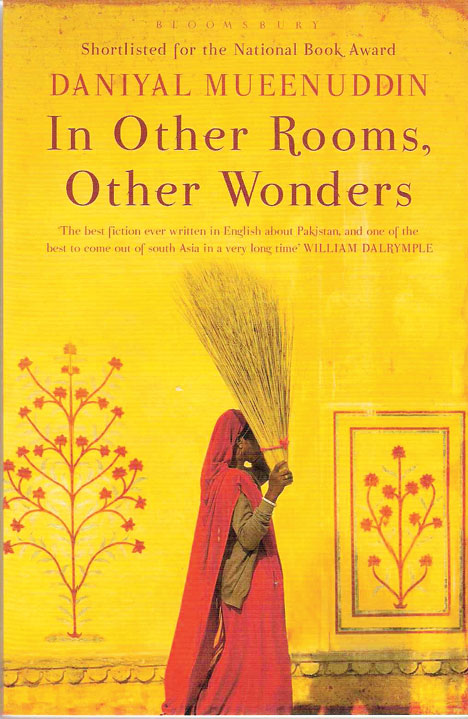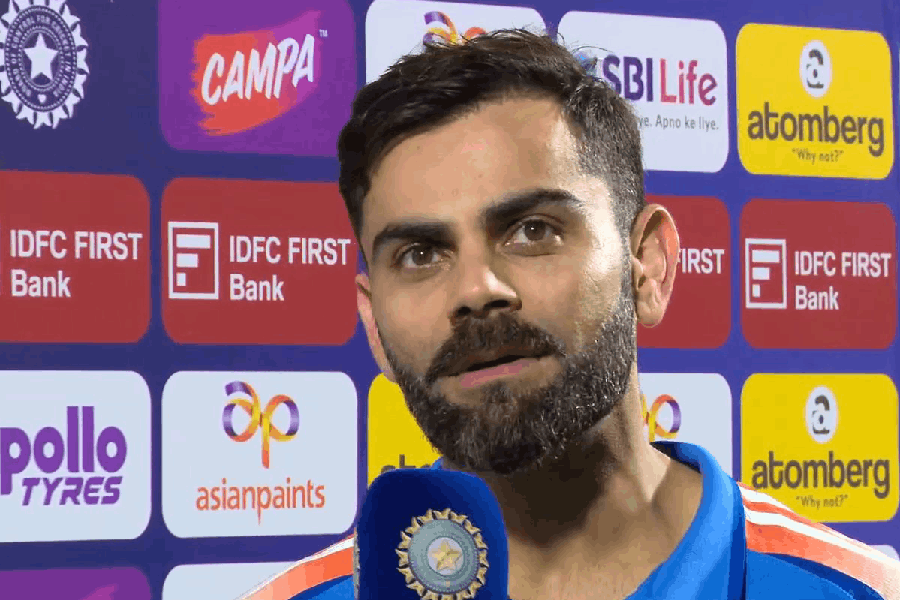
The novel is the mother of all literary genres, encompassing the saga, the bildungsroman, the thriller, the satire and just about anything else in her generous embrace. But can the novel also be an agglomeration of short stories? The novel that traverses several stories to then come to a unified climax is quite similar to the portmanteau film that was all the craze a few summers ago. Whether it was Traffic or Love Actually, they comprised diverse short films that converged into one climax. The Indian film industry was not far behind with Life In A… Metro, Darna Mana Hai and even Salaam-e-Ishq, to name a few. Adoor Gopalakrishnan’s Naalu Pennungal (Four Women), which was made a decade ago also narrated stories that converged into a film much like Ray’s Teen Kanya many decades ago.
In a novel, this technique of telling different stories and then bringing them all together has had interesting results.
The examples below are just three of several recent novels that have used fragments/stories/ vignettes to weave together a novel. Aravind Adiga’s underrated Between The Assassinations, too, uses disparate stories set against a certain period — 1984 to 1991 — to present a critique of our times. The three mentioned below use this technique wonderfully to present writing that provides new possibilities to readers and writers.
GENRE-BENDER
Daniyal Mueenuddin’s In Other Rooms, Other Wonders speaks of stories of different characters that had a tenuous link with each other. The eight stories tell of a changing Pakistan where the old feudal way of life is giving way to an urban one that is being lived out by the protagonists in Paris, Lahore and many other cities. The book eloquently speaks about rural Pakistan where domestics can be thrashed and the poor are always on the wrong side of a story. The stories are all presented as shorts and there is no real sense that Mueenuddin wants to showcase the book as a novel. But the ethos of the stories, the interrelated characters and the sense of one threat and theme uniting them all point to the possibility of this being read as a novel as well. Mueenuddin’s new novel is due soon, and it would be interesting to see whether he will once again indulge in some brilliant genre-bending like he did in his first book.

SUM OF EIGHT
The most audacious of the lot would have to be David Szalay’s All That Man Is. There is no starting point from which all the stories diverge and there is no meeting point for all the stories and their characters to unite. Quite simply, there is no comfort for the reader that these completely disparate stories are at all connected. And there is no real evidence that Szalay’s eightsome of short takes is not a collection of short stories. Yet, this is a novel and it was in fact nominated for the Booker Prize as a novel, proving that those who knew best agreed with the author’s assertion that this was a story about some people connected in an inextricable way. The reader is therefore often clutching at some or any evidence of the stories being linked. There are a couple: one story ends with the protagonist gazing at the sea at an extravagant yacht while the next story starts from possibly the same yacht. And the protagonist of the final story is the grandfather of the boy in the first story.
However, Szalay’s true achievement is that it is not these tenuous links that connect the stories. It is a sense of a place, a time and indeed an examination of all that man is. The eight stories trace being a man in the millennium from 18 to 80. The stories are tender and give real feelings to men we tend to discount as unfeeling or plain dumb. So a bouncer/ bodyguard is a sensitive mushy sort, while an inarticulate, callow 20-something finds himself, and happiness, in the arms of a plus-size mother and daughter!
Szalay’s men do not age too well and the stories of the older men are wonderful in the way they show them as they grapple with midlife and then old-age crises, pathetically, struggling for dignity and understanding.
The unifying thread is not plot or character, instead, it is Europe. A pre-Brexit book, it shows the interconnectedness of the continent and how the little inflections of each country and stories only underline how united it is. This, and the complete reliance on male perspective is all that unites the short stories in this remarkable novel. The here and now of the stories with their constant reference to smartphones and text messages, set against alpine alcoves and Cypriot paradise, gives the stories a unity in texture and feel. This is the novel that is closest to completely dispensing with the traditional flow and unity of a novel.

BOYHOOD TO MANHOOD
The third novel that’s used short stories as a technique to forward its theme is Sandip Roy’s Don’t Let Him Know. The lives of Ramola, Avinash and Amit play out through vignettes that stand alone as short stories, but also work together to form the story of Ramola’s life and those who weave in and out of it. The devastating secret she discovers, the burden of the secret longing that Avinash carries and the metamorphosis of Amit from boyhood to manhood are all narrated through short stories that imbue the book with a sense of growing up in Bengal as well as themes of immigration and integration. Ramola is a sparkling character, with her liaisons with matinee idol Subir Kumar and her trysts with the American dream.
Every novel relies on incidents and flashpoints as wheels to propel the story forward. However, these are not watertight episodes that could stand on their own, which is what marks out Roy’s novel.
What does this kind of a sharply segregated episodic novel aim to achieve? By insisting it is a novel and not disparate stories, perhaps each of these authors are trying to underline the haphazard way life pans out. Disconnected, divergent threads come together to weave the story of a life, and for these writers the vignettes, the short stories, are actually the best way to build a larger theme.
If they have a good book, bibliophiles are known to shut out the world around them. The Bibliopath is the Queen Mother of this tribe. She writes a monthly column in t2oS. Talk to her at t2onsunday@abp.in










